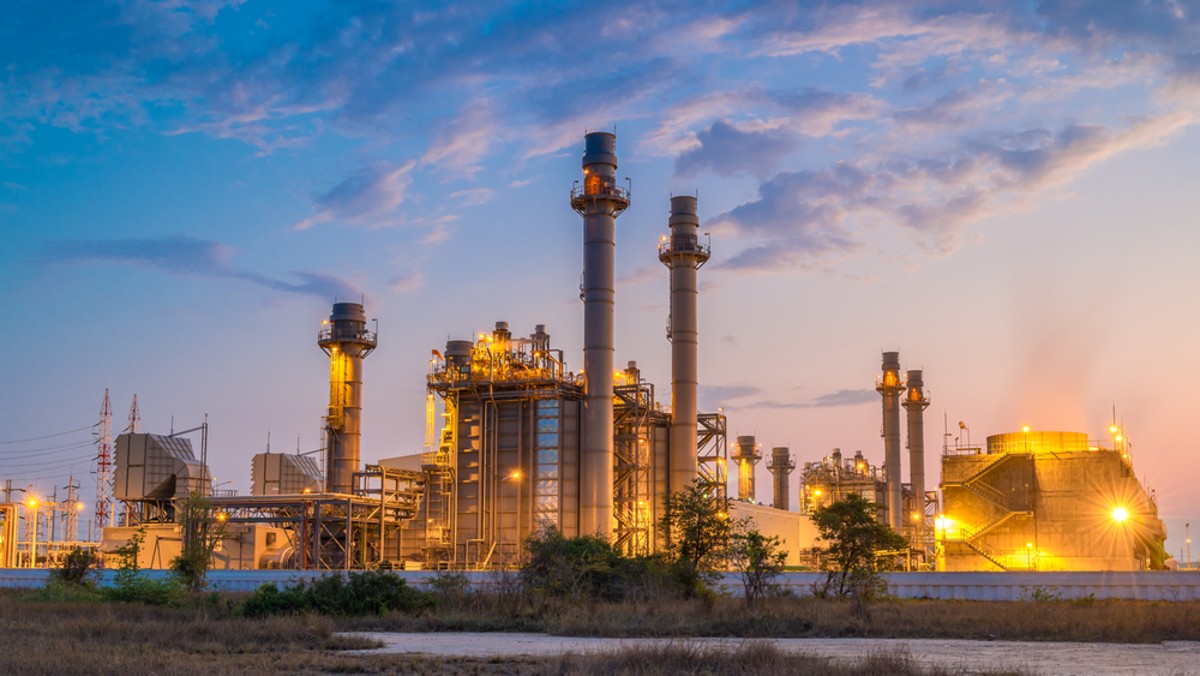28.99.39 Karistiricili Kazan Uretim Kapasitesi refers to a specific method for calculating the production capacity of a boiler. It’s a Turkish term that translates to “boiler production capacity with a mixing ratio of 28.99.39.” This article dives into what this concept means, how it works, and its significance in the industrial sector.
Understanding 28.99.39 Karistiricili Kazan Uretim Kapasitesi
Definition and concept:
The number 28.99.39 represents a specific mixing ratio used in calculating boiler capacity. This ratio likely considers factors like the efficiency of fuel combustion, heat transfer rate within the boiler, and the properties of the working fluid (often water or steam) being heated. By using this ratio, engineers can estimate the maximum amount of heat a boiler can produce under specific operating conditions.
Significance in the industry:
Knowing a boiler’s production capacity is crucial for several reasons. It helps industries:
- Select the right size boiler for their needs. An undersized boiler won’t meet heating demands, while an oversized boiler is inefficient and wastes fuel.
- Optimize boiler operation. By understanding the capacity, operators can adjust fuel input and other parameters to achieve desired heating output while minimizing energy consumption.
- Ensure safety. Exceeding a boiler’s capacity can lead to overheating, pressure buildup, and potential accidents.
Detailed Analysis of 28.99.39 Karistiricili Kazan Uretim Kapasitesi
Key elements:
The key elements involved in this method likely include:
- Fuel type and quality: Different fuels have varying heating values, which affect the heat output of the boiler.
- Boiler design and efficiency: The design of the boiler, including factors like heat exchanger surface area and insulation, determines how efficiently it converts fuel energy into heat.
- Operating conditions: Factors like desired water or steam temperature, flow rate, and ambient temperature all influence the boiler’s capacity.
How it works:
The specific formula used in this method might not be publicly available. However, it likely involves:
- Determining the heating value of the fuel being used.
- Factoring in the boiler’s design efficiency.
- Applying the mixing ratio of 28.99.39, which likely considers heat transfer characteristics.
- Accounting for operating conditions like desired output temperature and flow rate.
Impact of 28.99.39 Karistiricili Kazan Uretim Kapasitesi
Advantages in the production process:
Calculating boiler capacity using this method offers several advantages:
- Improved efficiency: By selecting a properly sized boiler and optimizing operation based on its capacity, industries can minimize fuel waste and reduce energy costs.
- Enhanced safety: Operating within the boiler’s capacity limits prevents potential safety hazards caused by excessive pressure or overheating.
- Better process control: Knowing the boiler’s capacity allows for more precise control over heating processes, leading to consistent product quality.
Case studies:
While specific case studies for this particular method might be limited due to potentially proprietary information, let’s consider a general scenario. Imagine a textile factory needing a boiler to heat water for dyeing fabric. By calculating the required heat output for the dyeing process and using a method like 28.99.39 Karistiricili Kazan Uretim Kapasitesi, the factory can select a boiler sized to meet their needs efficiently and safely.
Innovations and Future Outlook for 28.99.39 Karistiricili Kazan Uretim Kapasitesi
The concept behind this method – calculating boiler capacity based on a specific mixing ratio – might evolve in the future. Here are some possibilities:
- More sophisticated formulas: Advancements might lead to more complex formulas that account for a wider range of factors like flue gas temperature and boiler fouling.
- Digitalization: Integration with boiler management systems could allow for real-time capacity monitoring and automatic adjustments based on operating conditions.
- Focus on renewable fuels: As industries shift towards sustainable practices, boiler capacity calculations might need to adapt to include efficiency factors for alternative fuels like biomass or biogas.
Conclusion
28.99.39 Karistiricili Kazan Uretim Kapasitesi is a method for determining boiler production capacity. Understanding this concept is crucial for selecting the right boiler size, optimizing operation, and ensuring safety in industrial processes. While the specific formula might not be publicly available, the underlying principles are essential for efficient and safe boiler operation. The future might see advancements in this area, with more sophisticated calculations and integration with digital technologies.



